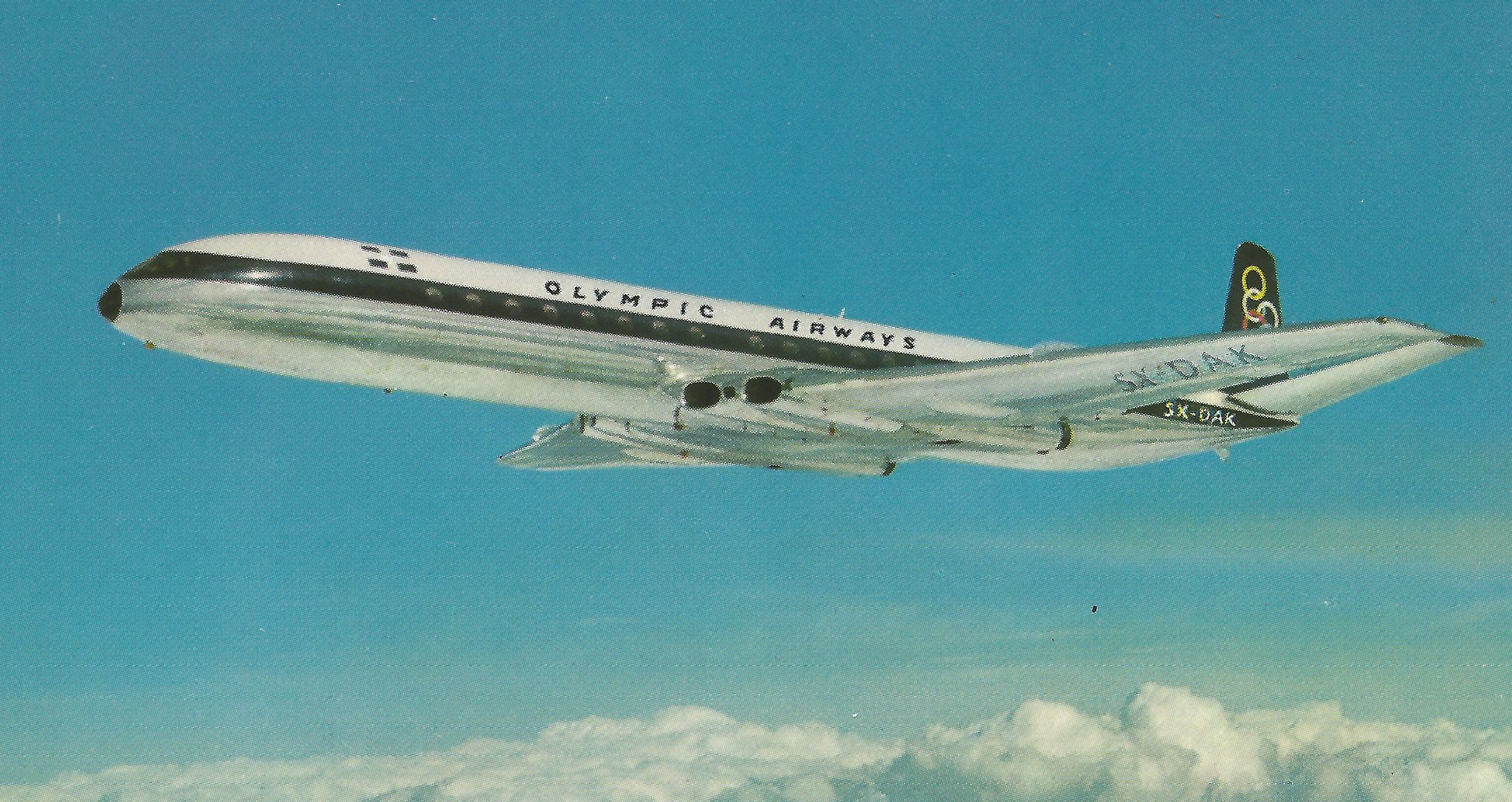Olympic Airlines, originally called Olympic Airways, was easily recognizable by its five Olympic rings livery. For at least 40 years, the airline was the national flag carrier of Greece. Headquartered in Athens, the airline had its central hub at Athens International Airport Eleftherios (ATH) and bases at Thessaloniki, Heraklion, and Rhodes, from where it flew to 37 domestic and 32 international destinations. Olympic also had a base in the United Kingdom at London Heathrow Airport (LHR) for a while.
Following World War Two, Greece had three airlines until 1951; the government decided to merge them all into a single entity called "TAE Greek National Airlines." Facing the harsh realities of operating an airline that makes a profit following several years of poor results, the government shut the airline down in 1955.
Aristotle Onassis introduces Olympic Airways
Unable to find a buyer for the airline, the government approached Greek shipping tycoon Aristotle Onassis to see if he would be interested. He was, and in 1957 the airline was rebranded as Olympic Airways. At the time, many Greeks were afraid to fly as they did not trust planes, so to alleviate their fear Onassis offered free flights in a DC-3 to demonstrate that flying was safe.
Always looking to the future and wanting to be on the cutting age of technology, in 1959, Onassis ordered four de Havilland Comet 4Bs. Again while trying to stay ahead of the times in 1965, Olympic ordered Boeing 707 jets from the American planemaker, with the first plane to arrive named "City of Athens." The arrival of the 707s also so the start of direct non-stop flights between Athens and New York City. In 1968 Olympic began flying to Africa, offering twice-weekly flights connecting Athens with Nairobi and Johannesburg.
Under the tycoon's leadership, Olympic Airways gained a reputation for being stylish and elegant. All the cabin crew wore uniforms designed by French fashion designer Pierre Cardin while first class passengers dined with golden cutlery while listening to live piano music. Sadly for Olympic Airways, Onassis was not the same man after the death of his son Alexander. The latter died from injuries sustained in a crash at Hellinikon International Airport in Athens aged, 24. A few months after the crash, Onassis sold all of his shares in Olympic Airways to the Greek Government, issuing a new phase for the airline.
Olympic Airways becomes state-owned
In 1976 Olympic bought 11 Boeing 737-200s and introduced Olympic Catering to provide food for its fleet and other foreign airlines. Being state-run, Olympic Airways got into financial trouble during the 1980s primarily due to mismanagement. Greek politicians and their families were flying for free or a token amount, while Greek journalists got a 97% discount on tickets.
Olympic Airways rebrands as Olympic Airlines
In a move to erase all the airline's debts in 2003, Olympic Airways became Olympic Airlines. In 2004 the Greek government decided to try and privatize the airline, but this ultimately failed as none of the potential buyers would agree to repay the 700 million euros that the airline had received in state aid. After 35 years of state ownership and ten years of failing to sell the airline, it was announced on March 6, 2009, that Olympic Airlines flight operations and its technical services companies had been sold to the Marfin Investment Group (MIG).
Later the same year, Olympic canceled most of its international flights keeping only its public service obligated routes in Greece until they could be taken over by other airlines. Olympic then entered liquidation, accommodating existing passengers on other carriers. Olympic Airlines last flight was flight 424 from Toronto via Montreal to Athens on September 29, 2009.

.jpg)

_(3986755094).jpg)